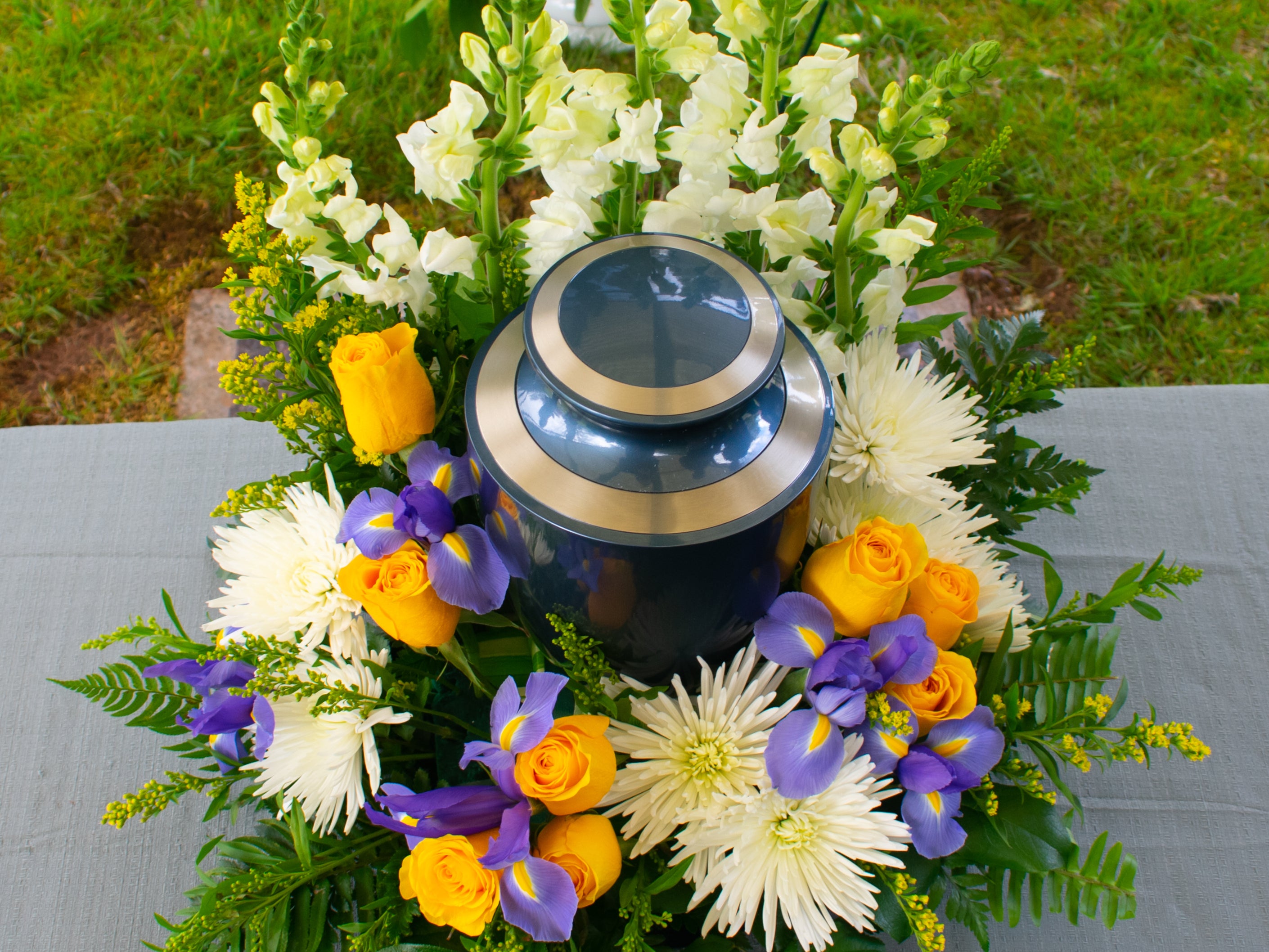The Environmental Impact of Cremation vs. Traditional Burial
The Environmental Impact of Cremation vs. Traditional Burial
Blog Article

As we navigate the complexities of honoring our loved ones after they pass away, the choice between cremation and traditional burial becomes an important consideration. With growing environmental concerns, many people are increasingly interested in understanding the ecological footprint of these two options. Cremation, often seen as a more modern alternative, raises questions about its environmental impact compared to conventional burials, which require land, caskets, and various materials that contribute to resource consumption.
A plus cremation, a direct cremation provider in Central Texas, highlights these considerations as they serve families across Travis and Williamson Counties, and beyond. By focusing on a simpler, more efficient approach to end-of-life services, they aim to provide an option that not only respects the wishes of the deceased but also aligns with a more sustainable ethos. In this article, we will explore the differences between cremation and traditional burial, specifically looking at their respective environmental implications and how choices made today can contribute to a more eco-conscious future.
Overview of Cremation Practices
Cremation has become an increasingly popular choice for handling remains after death, recognized for its simplicity and efficiency. Unlike traditional burial, which often involves elaborate caskets and significant land usage, cremation offers a different approach that can be more environmentally friendly. Families choose cremation for various reasons, including personal beliefs, cost considerations, and ecological impacts.
The process of cremation involves the exposure of the body to high temperatures, typically between 1400 and 1800 degrees Fahrenheit, which reduces it to ash. This process usually takes about two to three hours and results in the condensation of the remains to a fine powder. Many societies around the world have long embraced cremation, seeing it as a respectful method to honor the deceased while also addressing spatial concerns in crowded urban areas.
As a leading direct cremation provider in Central Texas, A Plus Cremation serves all of Travis and Williamson Counties, ensuring families have a compassionate and straightforward option during their time of need. By focusing on direct cremation, families can avoid the complexities and costs associated with traditional funeral services, allowing them to dedicate their resources and attention to commemorating their loved ones in ways that are meaningful to them.
Environmental Impacts of Cremation
Cremation has been gaining popularity as an alternative to traditional burial, particularly given its potential environmental benefits. One major factor is the reduced land use associated with cremation. Traditional burials often require dedicated cemetery space, which can lead to significant land consumption, particularly in urban areas. In contrast, cremation allows for a more space-efficient way of handling remains, freeing up land that can be preserved for natural habitats or community use.
Another environmental consideration is the energy usage involved in the cremation process. While cremation does require energy to operate the crematory equipment, advancements in technology have led to the development of more efficient cremation systems that minimize energy consumption and emissions. Some facilities are now integrating eco-friendly practices, such as using renewable energy sources. However, it is essential to recognize that cremation still produces greenhouse gases and emissions, depending on the efficiency of the cremation equipment used.
Cremation also eliminates the need for burial caskets and embalming fluids, which can contain harmful chemicals. Traditional funerals often involve materials and processes that can have lasting environmental impacts. By choosing cremation, families can opt for simpler memorial options that contribute less to environmental degradation. As more people become aware of these implications, providers like A Plus Cremation in Central Texas are stepping up to offer direct cremation services that align with a growing demand for more environmentally conscious funeral choices.
Comparative Analysis: Cremation vs. Traditional Burial
Cremation Cost Starting at $1695
When comparing the environmental impact of cremation and traditional burial, several key factors come into play. Cremation is generally seen as a more eco-friendly option because it requires significantly less land use and does not contribute to the pollution associated with embalming chemicals found in many traditional burial practices. Direct cremation, such as the services offered by a plus cremation in Central Texas, minimizes the environmental footprint further by avoiding extravagant ceremonies and unnecessary transportation.
On the other hand, traditional burials often consume considerable resources, including land, caskets, and vaults, which can contribute to deforestation and habitat destruction. The process also involves the use of chemicals for embalming, which can have long-lasting effects on soil and groundwater quality. Furthermore, the maintenance of cemeteries can require additional resources for landscaping and infrastructure, making traditional burial a more resource-intensive option in comparison to cremation.
While both methods have their merits, the choice between cremation and traditional burial ultimately comes down to personal beliefs, environmental concerns, and cultural practices. As more people become aware of the ecological implications associated with burial practices, many are turning towards solutions like those offered by a plus cremation, recognizing that direct cremation not only serves their needs but also aligns with a growing commitment to environmental stewardship.
Report this page